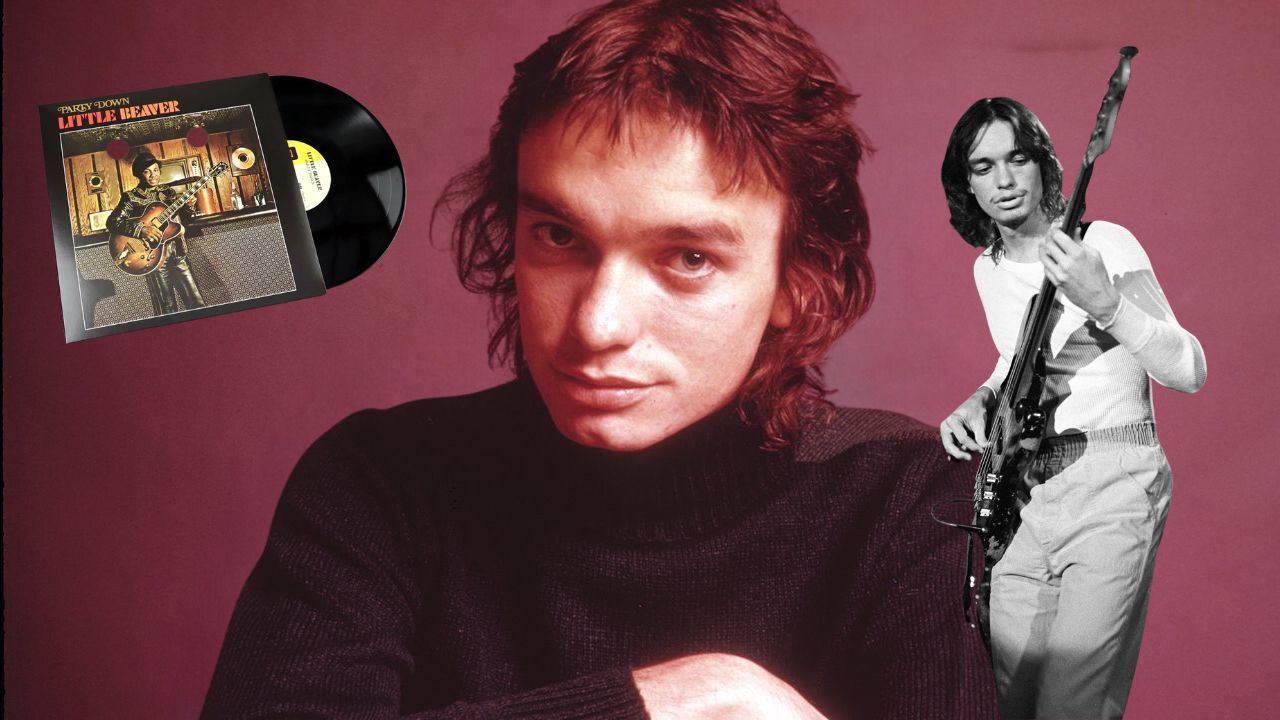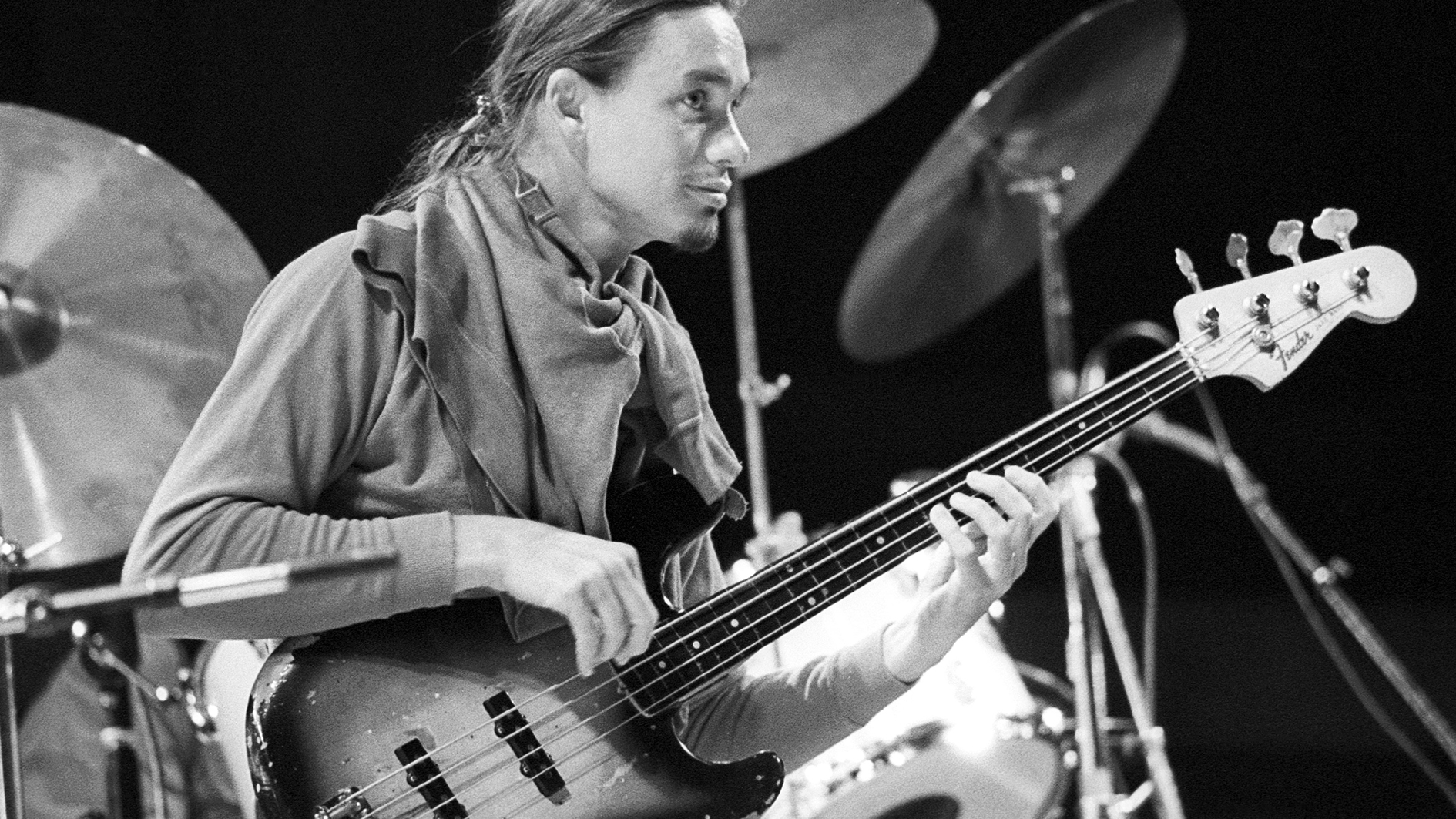“He already had his signature tone and touch, and a few of his signature licks, too”: A year before he was discovered, Jaco Pastorius laid down this classic R&B bassline on Little Beaver’s 1974 hit, I Can Dig It Baby
Recorded a year before he was discovered by Blood Sweat and Tears drummer Bobby Colomby, I Can Dig It Baby finds Jaco Pastorius in his prime

In interviews throughout his career Jaco Pastorius often acknowledged his bass guitar influences, and perhaps to the surprise of some of his jazz-leaning fans, nearly all were R&B players – James Jamerson, Jerry Jemmott and Bernard Odum were often mentioned. A deep foundation in R&B permeated Jaco's feel and sense of rhythm, separating him from many of his bass-playing peers in jazz.
I Can Dig It Baby was recorded by Florida soul artist Little Beaver (real name Willie Hale) and appears on his 1974 album Party Down. Perhaps more notably, it also features on Portrait Of Jaco: The Early Years, 1968–1978, a collection of producer Bob Bobbing’s personal recordings of a young Jaco.
“Jaco was exposed at an early age to some of the funkiest stuff that South Florida had to offer,” Bobbing told Bass Player. “He already had his signature tone and touch, and a few of his signature licks, too.”
Recorded a year before he was discovered by Blood Sweat and Tears producer/drummer Bobby Colomby, I Can Dig It Baby finds Jaco in his prime, laying down a 16th-note groove as a foundation for this smooth soul record.
During the two-bar intro Jaco plays simple root notes for each chord, but decorates the Bm7 with a harmonic chord: F# at the ninth fret of the A string, A at the seventh fret of the D string and D at the seventh fret of the G string. These three notes are the fifth, seventh and minor third of the chord respectively.
The main groove enters in bar 3 and will be familiar to any bassist who owns a copy of Jaco’s self-titled debut album. The line is virtually identical to Jaco’s bass part during the soprano sax solo section of his song Opus Pocus. Pastorius was well known for recycling his grooves and this is an excellent example.
The line itself is built around the chord tones of the underlying Em7 chord. Jaco plays the root, minor third and seventh across the A, D and G strings, then jumps back down to the low E for the second half of the bar, playing a 16th-note passage that makes good use of percussive ghost notes.
Get The Pick Newsletter
All the latest guitar news, interviews, lessons, reviews, deals and more, direct to your inbox!
Be aware that during these sections of the line, Jaco often plays his notes so staccato that they almost become ghost notes – his approach to staccato was an essential factor of his fingerstyle funk playing and must be mastered in order to imitate the same feel that he uses here. The second bar of this two-bar phrase is mostly identical, but features a descending line that moves down to the low E.
As the chord progression begins to move, Jaco opts for a simpler part that allows the vocal to take centre stage. His bassline during this section is predominantly based around root, fifth and octave, but it’s far from simple to execute. Ghost notes are put to good use, as are chromatic passing tones and rests.
Beyond the main bassline, there are a couple of other licks that are worthy of your attention. The first occurs at 02:46 and sees Jaco throwing in just one bar of another of his popular fingerstyle funk grooves.
The second occurs at 03:58 and is another nice funk groove that features all of Jaco’s trademarks – syncopation, ghost notes, slurs and staccato notes.

When learning to play this song, learn the first three verses as accurately as possible, then improvise your own line using what you have learnt as a basis. The track rides out on a long vamp and Jaco improvises a line around the main groove throughout this section.

Nick Wells was the Editor of Bass Guitar magazine from 2009 to 2011, before making strides into the world of Artist Relations with Sheldon Dingwall and Dingwall Guitars. He's also the producer of bass-centric documentaries, Walking the Changes and Beneath the Bassline, as well as Production Manager and Artist Liaison for ScottsBassLessons. In his free time, you'll find him jumping around his bedroom to Kool & The Gang while hammering the life out of his P-Bass.
“I asked him to get me four bass strings because I only had a $29 guitar from Sears”: Bootsy Collins is one of the all-time bass greats, but he started out on guitar. Here’s the sole reason why he switched
“I got that bass for $50 off this coke dealer. I don’t know what Jaco did to it, but he totally messed up the insides!” How Cro-Mags’ Harley Flanagan went from buying a Jaco Pastorius bass on the street to fronting one of hardcore’s most influential bands












